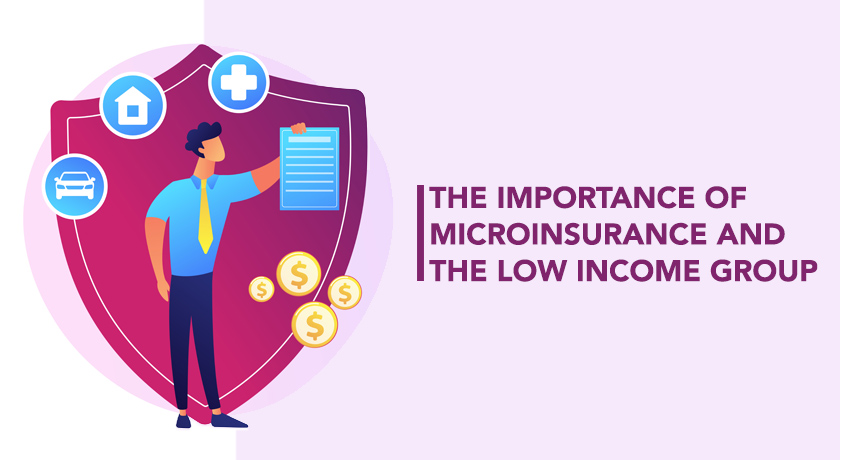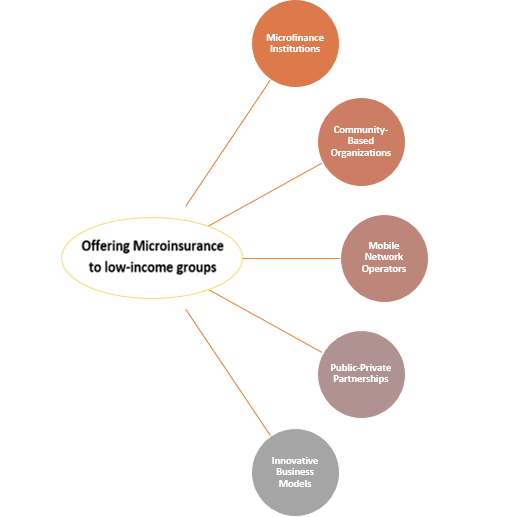The importance of Micro Insurance and the Low-Income Group

Microinsurance is a type of insurance designed to cater to the needs of low-income individuals and households, who often face financial insecurity due to a lack of access to formal financial services.
It provides a safety net against unexpected events such as illness, accidents, and natural disasters, which can cause significant financial strain for those living in poverty.
For low-income groups, micro-insurance can be crucial in providing financial stability and protection against risks that could lead to financial ruin.
Many individuals in this group have little to no savings and live pay check to pay check, making them particularly vulnerable to financial shocks.
Microinsurance plays a critical role in promoting financial inclusion and economic empowerment for low-income households.
By providing access to insurance, these individuals can begin to build assets and investments, which can help break the cycle of poverty.
In addition, it also promotes social welfare by reducing the burden on public services and resources, particularly in developing countries where government resources may be limited.
By providing access to affordable insurance, the need for government assistance in the event of a crisis can be reduced, freeing up resources for other needs.
Healthcare is a basic yet expensive necessity and microinsurance allows individuals from the poorer section of society to access it. Currently, individuals limit themselves to only government healthcare offerings, therefore, barring them from better healthcare facilities.
Microinsurance cannot offer them the best of the facilities however, it has the capacity to elevate them from the basic healthcare offerings.
This also reduces the government’s assistance and allows them to use resources for other needs.
Last but not the least, a very significant aspect of microinsurance is its ability to build creditworthiness among the individuals who avail of it.
It gets them introduced to the financial database thereby helping them to avail of larger financial services in the future that otherwise could be unavailable to them.
Overall, microinsurance can help low-income groups build financial security, protect against unexpected events, and improve their access to healthcare and other essential services.
This can help them break the cycle of poverty and achieve greater economic empowerment.
How can Microinsurance be offered to low-income groups?

A number of methods have been set up to reach the underserved segment to offer them microinsurance and bring them to the base of financial products.
As stated in the figure above, commonly used methods to offer microinsurance are Microfinance institutions, Community-based organizations, Mobile network operators, Public-Private Partnerships, Innovative Business models, etc.
Community-based organizations find it easier to tap this segment as there’s a trust factor already imbibed between them.
Nonetheless, all methods to reach the said segment have proven to be effective and slowly yet steadily, the financial domain is getting to the low-income group.

